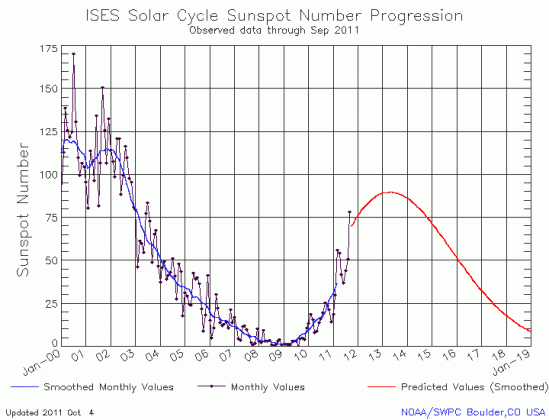Russia drops plans to build a replacement for Soyuz rocket
Russia has dropped its plans to build a replacement for its Soyuz rocket.
This is not the first time that the Russians have abandoned plans to come up with a new rocket, which suggests once again that — as successful as their space effort has been — they lack the ability to come up with new product. This in turn makes vulnerable the Russians’ market share in commercial space.
Russia has dropped its plans to build a replacement for its Soyuz rocket.
This is not the first time that the Russians have abandoned plans to come up with a new rocket, which suggests once again that — as successful as their space effort has been — they lack the ability to come up with new product. This in turn makes vulnerable the Russians’ market share in commercial space.

